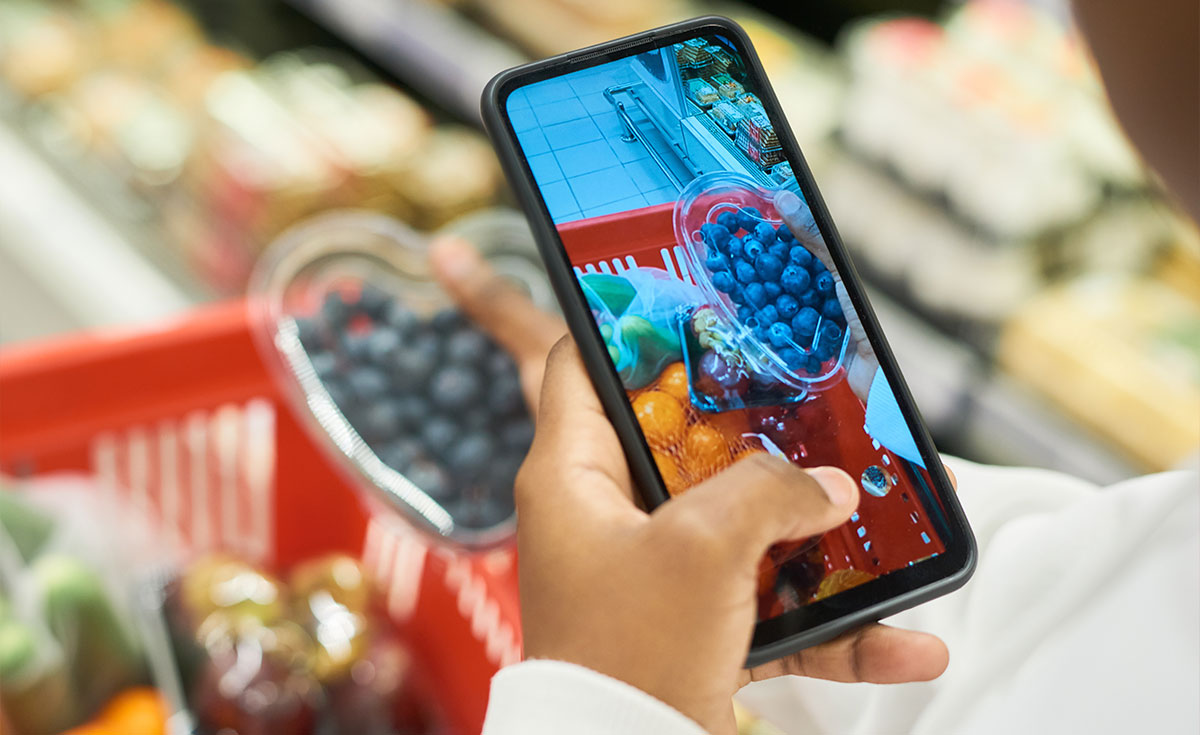By: David Fikes, Vice President of Communications and Consumer/Community Affairs, Food Marketing Institute

If you get five couples together in the same room and ask each person who is the primary grocery shopper for their household, chances are you will get 10 different responses. According to the 2016 U.S. Grocery Shopper Trends report released today at FMI Connect, more and more households in America are changing grocery shopping habits due to shifting household roles.
The majority of supermarket customers walking the aisles of the average grocery store are performing this activity in some level of collaboration with another member of their household. I say some level of collaboration because the way each family partners or splits the shopping duties, divides the list or allocates responsibilities is a bit different. And in fact, changing life circumstances –a new job, some shift in time demand, a return to school, etc., — frequently cause a realignment of the way shopping is divided and done. For about a quarter of shoppers this partnership is pretty much fifty – fifty, with some couples actually doing most of their shopping together; others in this shared shopping category prefer the approach of “you take your half of the list and shop when and where you want, I take my half and handle it as I prefer.”
Other partner-shoppers, what we used to designate as primary-secondary shoppers, still retain a bit of that traditional flavor with one person taking more of a lead and the other being –more or less- assigned the items to pick up. Our research bears out that the partner taking the lead in a co-shopper household is usually the one assuming more responsibility for preparing the evening meal. However, even in a lead and delegate co-shopper partnership, there is more equality than may be acknowledged. The co-shopper with assigned duties will go off-list to pick up the breakfast foods, lunch materials and snacks he/she prefers and in that way, contribute significantly to the household task of grocery shopping. This is a contributing factor to why almost 85 percent of American shoppers claim responsibility for at least half the grocery shopping for the household.
For more on the 2016 U.S. Grocery Shopper Trends visit www.fmi.org/GroceryTrends to download the report and watch FMI Connect TV on YouTube to see more grocery trends released during FMI Connect.


 Industry Topics address your specific area of expertise with resources, reports, events and more.
Industry Topics address your specific area of expertise with resources, reports, events and more.
 Our Research covers consumer behavior and retail operation benchmarks so you can make informed business decisions.
Our Research covers consumer behavior and retail operation benchmarks so you can make informed business decisions.
 Events and Education including online and in-person help you advance your food retail career.
Events and Education including online and in-person help you advance your food retail career.
 Food Safety training, resources and guidance that help you create a company food safety culture.
Food Safety training, resources and guidance that help you create a company food safety culture.
 Government Affairs work — federal and state — on the latest food industry policy, regulatory and legislative issues.
Government Affairs work — federal and state — on the latest food industry policy, regulatory and legislative issues.
 Get Involved. From industry awards to newsletters and committees, these resources help you take advantage of your membership.
Get Involved. From industry awards to newsletters and committees, these resources help you take advantage of your membership.
 Best practices, guidance documents, infographics, signage and more for the food industry on the COVID-19 pandemic.
Best practices, guidance documents, infographics, signage and more for the food industry on the COVID-19 pandemic.
